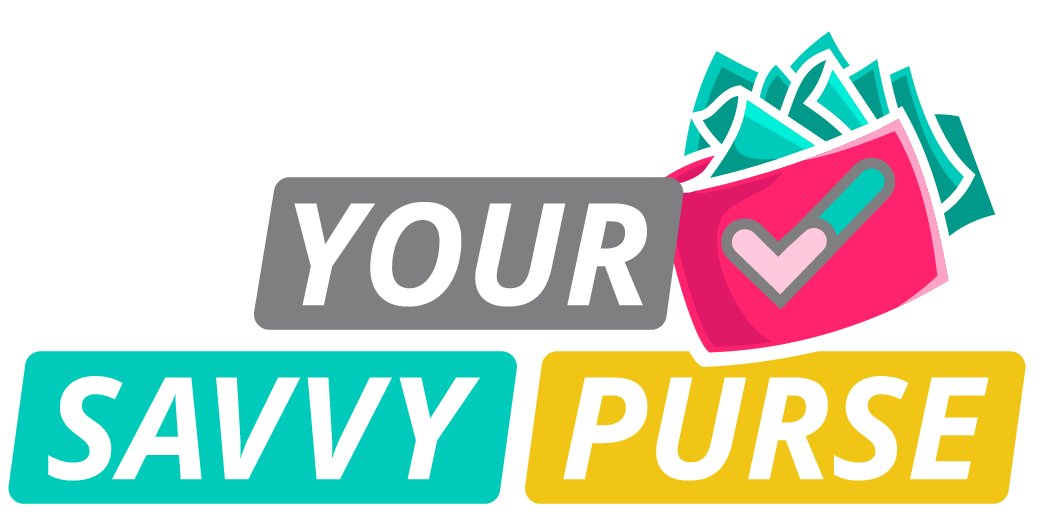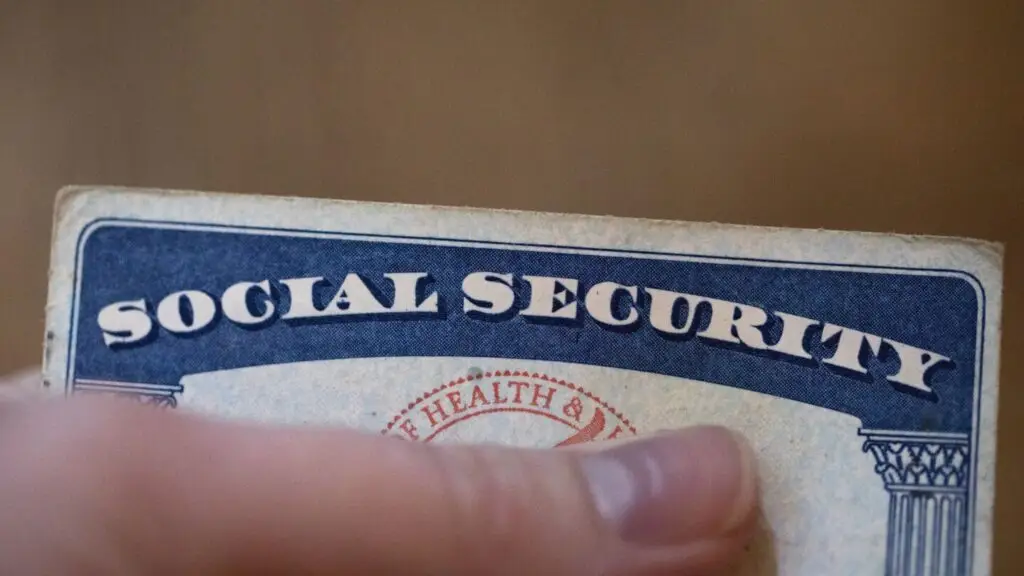We’re letting you know that this post contains sponsored links which Your Savvy Purse receives compensation for, which may impact their order of appearance.
Starting today, the Social Security Administration (SSA) is rolling out new anti-fraud measures aimed at protecting millions of Americans from identity theft, scams, and benefit fraud. These changes are part of a broader effort to modernize and secure the nation’s Social Security system—something especially important as digital threats continue to evolve.
Here’s what you need to know:
✅ New Identity Verification Rules
To access your my Social Security account online, you’ll now need to go through enhanced identity verification. This includes:
- Two-factor authentication (2FA): A one-time code will be sent to your phone or email.
- ID verification via login.gov or ID.me: You may need to upload a photo ID and take a selfie to verify your identity.
- More security questions: These will draw from your credit history or other public records.
These changes are designed to prevent unauthorized access and are particularly important for people receiving retirement, disability, or survivor benefits.
🔒 Tighter Monitoring for Unusual Activity
SSA is also introducing behind-the-scenes monitoring to flag suspicious activity. This includes:
- Unusual changes to direct deposit information
- Multiple failed login attempts
- Requests coming from unfamiliar locations or devices
If the system detects anything unusual, you may receive a notification or see a temporary lock on your account until your identity is verified.
🚫 Crackdown on Phone & Email Scams
The SSA is increasing public awareness and working with law enforcement to crack down on fraudulent phone calls and emails claiming to be from Social Security. Remember:
- The SSA will never threaten you with arrest or legal action over the phone.
- They won’t demand payment via gift cards, wire transfers, or cryptocurrency.
- Legit communication will usually come via official letters or through your online account.
If you get a suspicious call or message, report it to the Office of the Inspector General at https://oig.ssa.gov.
📞 What You Should Do
Here’s how to protect yourself and stay informed:
- Update your my Social Security account with current contact info.
- Set up two-factor authentication if you haven’t already.
- Be cautious of unsolicited calls or emails that ask for personal information.
- Report anything suspicious right away.
Final Thoughts
Fraud targeting Social Security benefits is unfortunately common—but with today’s new safeguards, the SSA is making it much harder for scammers to succeed. Staying informed and taking simple precautions will help protect your personal info and your benefits.
Have questions or need help verifying your identity? You can call the SSA at 1-800-772-1213 or visit your local Social Security office.



